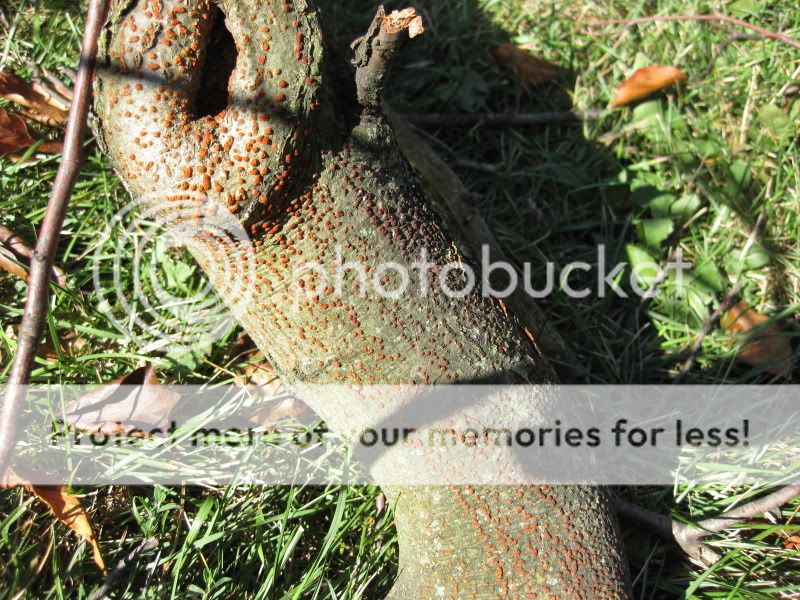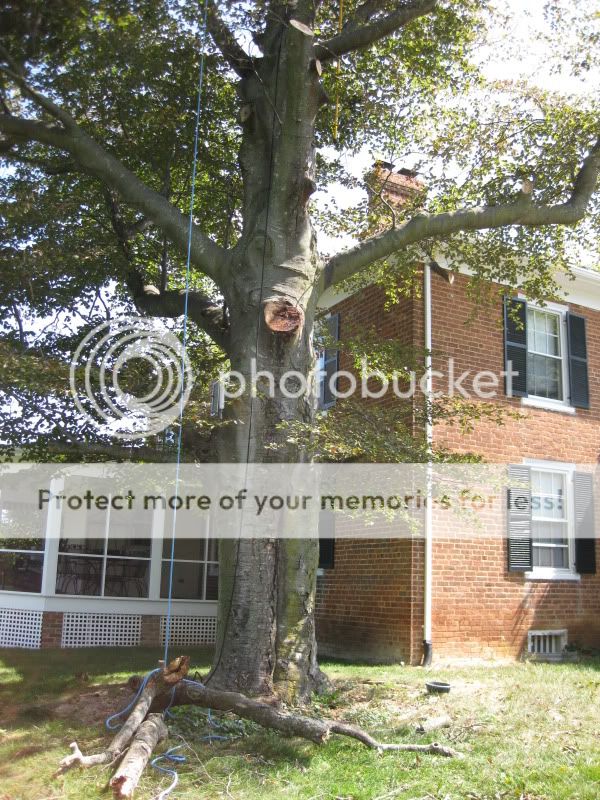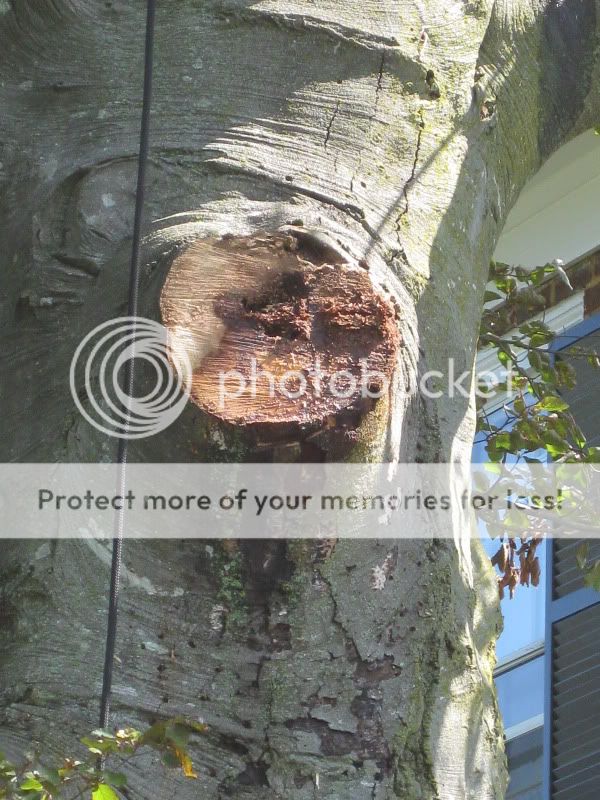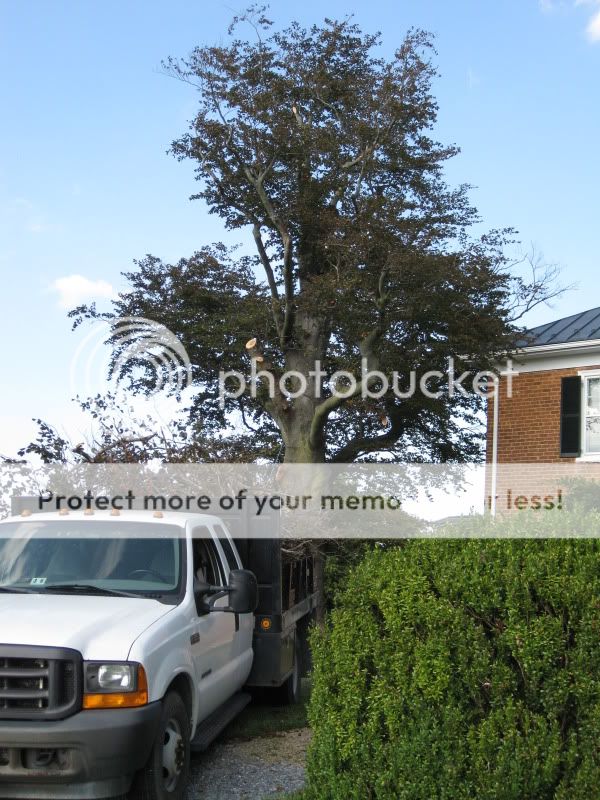coolbrze
ArboristSite Operative
My uncle has a massive 65' ~ 60" DBH 300 year old Red Beech tree on his farm and asked us to come down & clean it up. The leaves are still on and would like to go soon as to make it easier to see what's dead & what's not. Should we just trim the D, D, & D limbs or should we wait until it's dormant? Any help is greatly appreciated.
I know it's a crappy pic, but my Aunt took it while we were camping down there last month. You can only see 1/2 the tree in the far right of the pic:

I know it's a crappy pic, but my Aunt took it while we were camping down there last month. You can only see 1/2 the tree in the far right of the pic:

Last edited:






























































